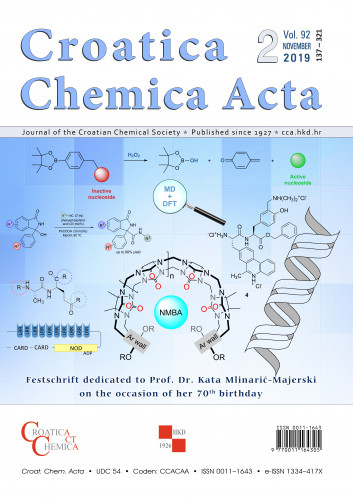In this work, we studied in detail the reaction mechanism of modification of arginine (Arg), cysteine (Cys) and histidine (His) model amino acids upon the reaction with biologically relevant reactive aldehydes 4-hydroxy-2-nonenal (HNE) and 4-oxo-2-nonenal (ONE) in acetonitrile and acetonitrile/water systems by using high level ab initio calculations. We identified and characterized all of the reaction steps along two possible pathways – Michael addition pathway and Schiff base pathway resulting in the formation of Michael adducts/hemiacetals and carbinolamine/Schiff base adducts, depending on the reactive aldehyde and the reaction pathway. Overall energetics suggests that Arg amino acid is more reactive than Cys and His amino acids in both reaction pathways. We established that the ONE is in general more reactive than HNE and also found out that addition of water in the reaction steps involving proton transfer strongly catalyzes the reaction by decreasing prohibitively high free energy barriers.
Sažetak

 Croatica chemica acta : 92,2(2019) / editor-in-chief Olga Kronja.
Croatica chemica acta : 92,2(2019) / editor-in-chief Olga Kronja.